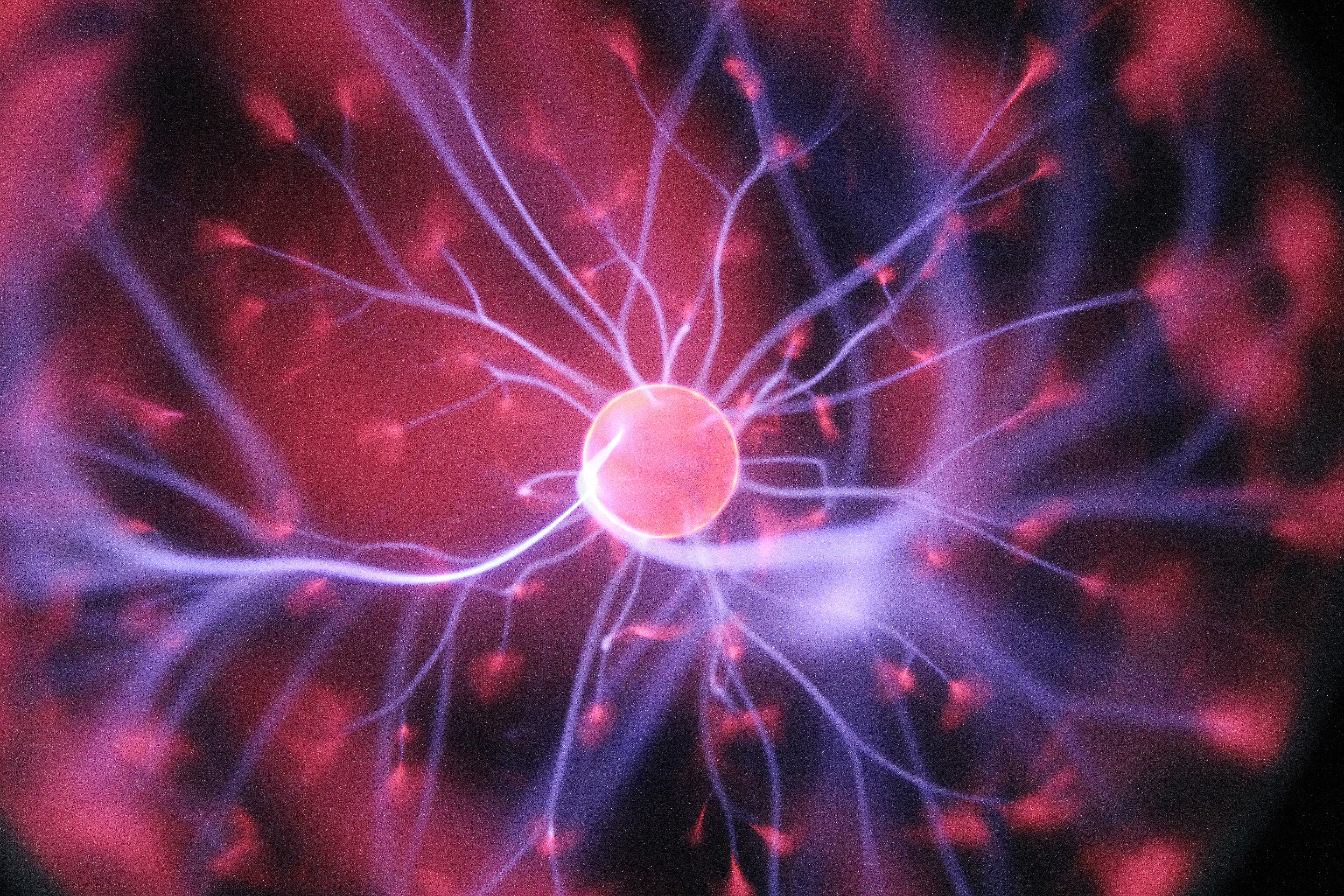Thermoelectrics
 Thermoelectrics deal with the conversion of temperature to current as well as the conversion of current to temperature showing its reversible nature. This can be further explained to show how thermoelectrics take temperature differences and turn it into electrical power. Thermoelectric effect refers to the process by which electric potential causes a temperature difference or a temperature difference creates an electric potential. Heating one end of a thermoelectric material ultimately makes electrons based in it to move away from the source of the heat to the cooler side of the material. This movement of electrons will cause the creation of an electrical current due to the movement from the hot side to the cold side in the material. Therefore, the level of electric current produced is proportional to the amount of temperature used in the heating process.
Thermoelectrics deal with the conversion of temperature to current as well as the conversion of current to temperature showing its reversible nature. This can be further explained to show how thermoelectrics take temperature differences and turn it into electrical power. Thermoelectric effect refers to the process by which electric potential causes a temperature difference or a temperature difference creates an electric potential. Heating one end of a thermoelectric material ultimately makes electrons based in it to move away from the source of the heat to the cooler side of the material. This movement of electrons will cause the creation of an electrical current due to the movement from the hot side to the cold side in the material. Therefore, the level of electric current produced is proportional to the amount of temperature used in the heating process.
Thermoelectric power is as a result of two physical effects known as the Seebeck effect and the Peltier effect. The Seebeck effect is such that “when a loop containing two materials that are different is heated on one particular side, an electromagnetic field is created in the process” (Nolas, Sharp, & Goldsmid, 2013, p.13). This process proves that the electromagnetic strength which implies the voltage is proportional to the difference in temperatures between the cold and hot sides of the material being tested. On the other hand, the Peltier affect shows that “when a circuit containing two materials that are different passes on a current, heat is absorbed on one side and released on the other side” (Nolas, Sharp, & Goldsmid, 2013, p.15). This process is linearly dependent and reversible hence power and heat is generated through these two processes. A proper thermoelectric material should have low thermal conductivity as well as high electrical conductivity to ensure that it works efficiently.
However, for a thermoelectric material to work, the temperature difference needs to be maintained to ensure that there is a hot and cold side in the material. A device that is thermoelectric is a reliable energy converter in the sense that it has no noise or vibration due to the fact that they do not contain any moving parts. They are solid state devices in this case and thus are small in size and very lightweight.
Examples of products that apply thermoelectric effect include thermoelectric generators that may be used in power plants. With nearly 60% of power lost in the form of heat in many power plants, have thermoelectrics will help convert some of this wasted energy into more constructive electrical energy that can be used elsewhere. Apart from that, combustion engines in vehicles only capture approximately 30% of the energy that is released when fuel is combusted in the engine hence thermoelectrics can help boost the conversion rate which will in turn increase the vehicles mileage as well as provide extra electrical energy for the car (Nolas, Sharp, & Goldsmid, 2013, p.26). Thermoelectric cooling devices may also be used in refrigerators to remove the need for circulating fluids and moving parts. Thermoelectrics can therefore be used for a variety of purpose when it comes to applications in sectors involving temperature and electricity if properly modified.
Reference
Nolas, G., Sharp, J., & Goldsmid, J. (2013). Thermoelectrics: Basic Principles and New Materials Developments. New York: Springer Science and Business Media.
